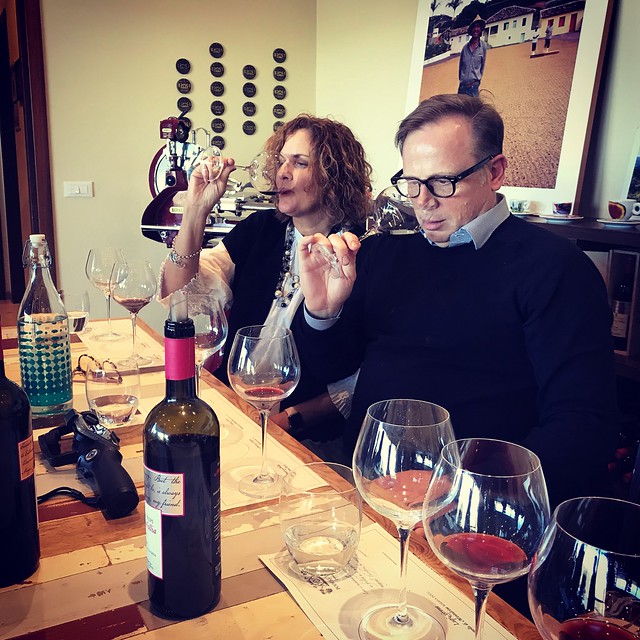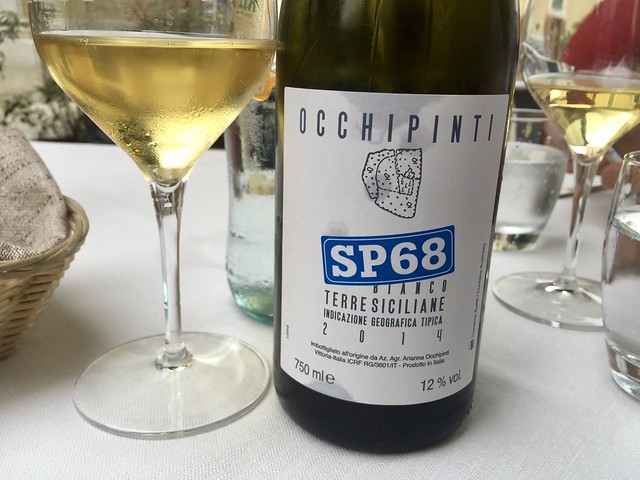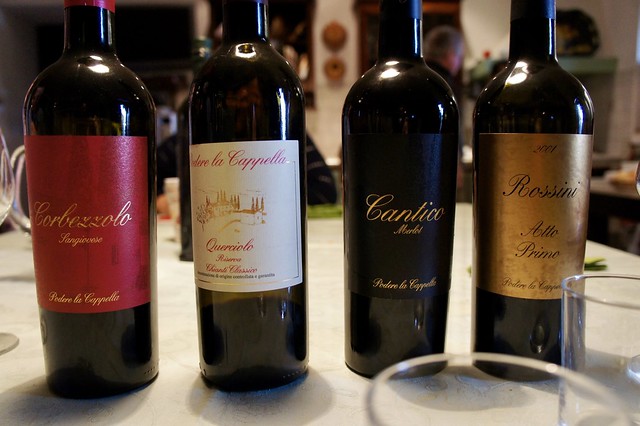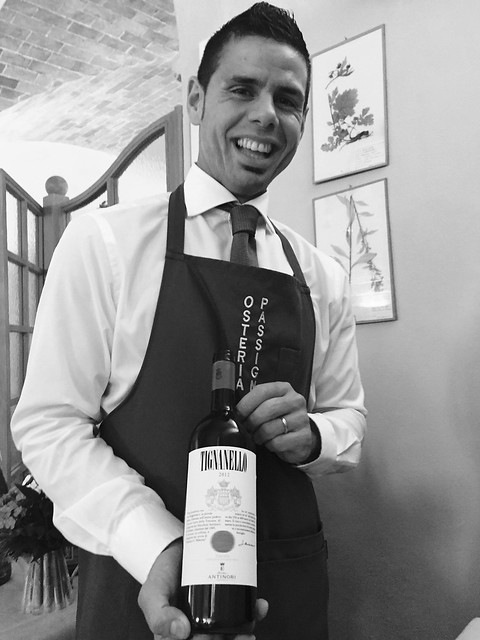Piedmont has recently been named as one of the top destinations in the world for 2019, and the news comes as no surprise. With delightful villages, beautiful landscapes, and one of the best regional cuisines in Italy, this northern region is a winner in every way. No visit to Piedmont is complete, however, without sampling its local wine, as the region is home to Barolo and Barbaresco, two the most prestigious labels in the Bel Paese.

(Photo by CIU Travel via Flickr)
Though Piedmont is one of the most captivating regions in Italy, its wine culture is in no way unique. One of the greatest pleasures when visiting Italy is discovering the rich variety of wines produced here. With tens of thousands of wineries from the tiny, family-run to the international powerhouses scattered in every region from north to south, sampling the countless local labels is both a joy and a daunting task, best undertaken with a few pointers to keep you from feeling overwhelmed.
No Snobbery Needed
Italians consider wine one of the food groups, to be enjoyed with anything from a prosciutto sandwich to a Michelin-starred meal, and drink it with an egalitarian nonchalance that takes much of the stress out of the ordering. Don’t feel like you need to be a true connoisseur to order wine in restaurants in Italy…on the contrary, fine-dining establishments almost always have their own sommelier on staff who is happy to steer you in the right direction, and even servers in the neighborhood trattoria usually have very good noses for wine pairing. Feel free to ask without fear of judgement (many Italians regularly rely on the staff to choose a wine), and be sure to note any wines you particularly like so you can request them again at a future meal.

(Photo by CIU Travel via Flickr)
Don’t Leave the House
Since wine is considered an essential part of any meal, house wines (vino della casa) in Italy can be quite good and a simple solution if you are sitting down for an informal meal and don’t want to face an endless wine list. The best rule of thumb? Opt for a house wine when dining in small towns set in wine country (Piedmont, Tuscany, and Umbria), where house wines are often served by the bottle and used to showcase local, lesser known varietals and producers. Instead, choose a bottle when the house wine is served in a carafe (meaning it may not be the freshest or best quality), when dining in larger cities (Rome or Milan), or more formal meals (the higher the haute cuisine, the more you will want a wine that pairs perfectly).
Do Your Homework
Though you can easily get by in Italy by relying on the guidance of restaurant staff and the quality of the house wines, to fully take advantage of this unique opportunity to sample local wines that are hard to find outside of Italy, it’s is worth the effort to do a bit of research before your departure. Take a look at your itinerary, and study up on the most famous wines produced in the areas where you will be visiting. Try a few bottles that you can source at your neighborhood wine shop, or wines by the glass if you have a well-stocked wine bar in the area. Do you like stronger tannins in your reds, or floral notes in your whites? With just a few roadmarkers, you can steer yourself towards bottles that you are more likely to love…plus, you can hardly come up with a more enjoyable example of homework than drinking Italian wine!

(Photo by CIU Travel via Flickr)
Know Your Label
Italian wine labels are relatively simple to decode, and it’s a good idea to know the basics so you have a better idea of what you are drinking and can track it down (or avoid it) in the future. Generally, the winery name is the most prominent text on the front label, followed by the names of the varietal and/or wine, region, and vintage year. If the wine is from a protected growing area, the DOCG, DOC, IGT, or VdT denominations will also be printed on the label. (Don’t assume, however, that protected denominations are synonymous with the best wines: many local wines that are surprisingly excellent aren’t DOCG or DOC.). On the back label, there is often a short explanation of the history or flavor of the wine and how to pair it, and there may be a breakdown of the grape blend. Labels are almost always in Italian, though larger producers who export much of their production may have English translations on the labels, as well. Common words in Italian you will find on wine labels include azienda (estate), anno (year) or vendemmia (harvest), produttore (producer), and imbottigliato all’origine, or bottled by the producer. Gradazione alcolica is the alcohol percentage, and vitigno can indicate the exact plot of vineyard or the type of grape.

(Photo by CIU Travel via Flickr)
A Little Lingo
Like wine labels, wine vocabulary in Italian is very intuitive, and many servers and sommeliers (especially in the larger cities) speak enough English to help you order. But some basic wine vocabulary can be helpful:
Types of wine
- Vino rosso: red wine
- Vino bianco: white wine
- Vino rosato: rosé wine
- Vino fermo: still wine
- Vino frizzante or bollicine: sparkling wine
- Vino dolce: dessert wine
Flavors
- Amabile: on the sweet side
- Secco: dry wine
- Abboccato: on the dry side
- Corposo: full-bodied
- Aromatico: aromatic
- Amaro: bitter

(Photo by CIU Travel via Flickr)
Wine Etiquette
You’ll be relieved to find the etiquette of ordering and drinking wine in Italy is quite familiar. The sommelier or server will present your chosen bottle and uncork it at the table. Generally, the person who has ordered the wine tastes, though today most often the server will ask who is tasting before pouring a small amount into his or her glass. Take a sip to check if the wine is corked or otherwise spoiled; generally only wines that have gone off are sent back, not wines that you simply don’t like (all the more reason to do your homework and ask for guidance before ordering!). If the wine is good, the server will pour about half a glass for every diner, and leave the remainder of the bottle on the table. Informal trattorias do not pour (or offer a taste), and often do not even have separate glasses for wine and water. You use the same glass, alternating a small amount of wine and water, depending upon what you are thirsty for in that moment.


